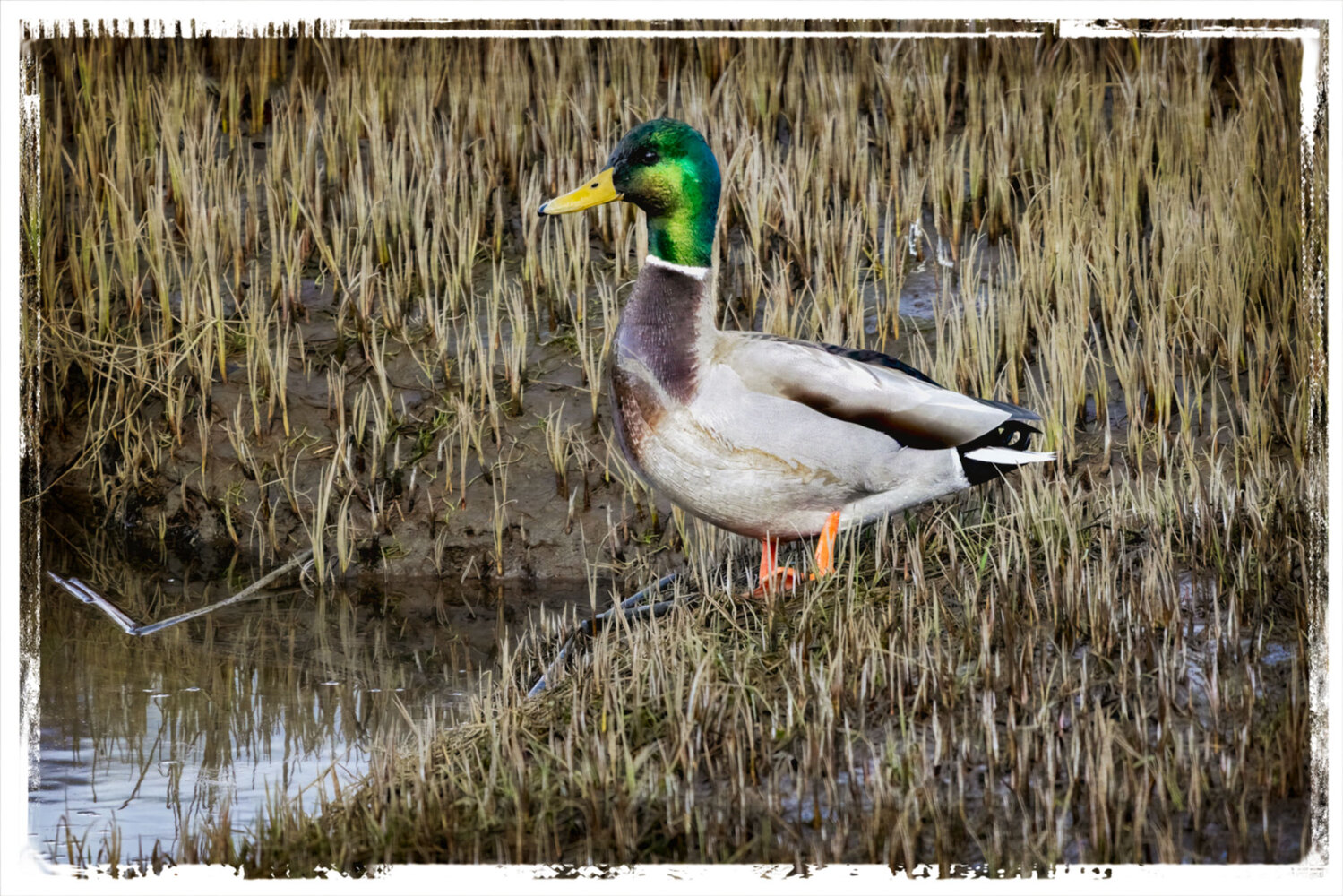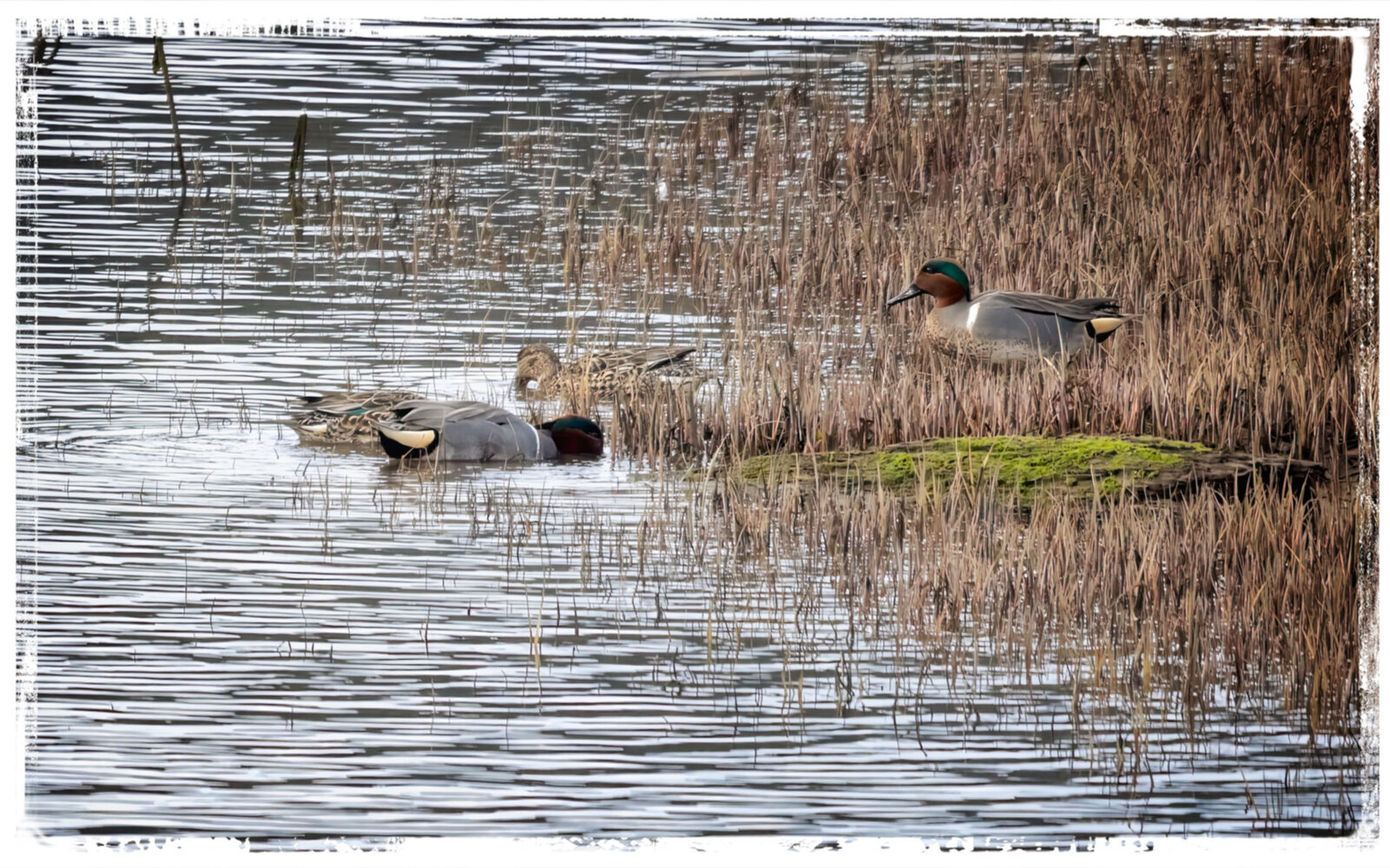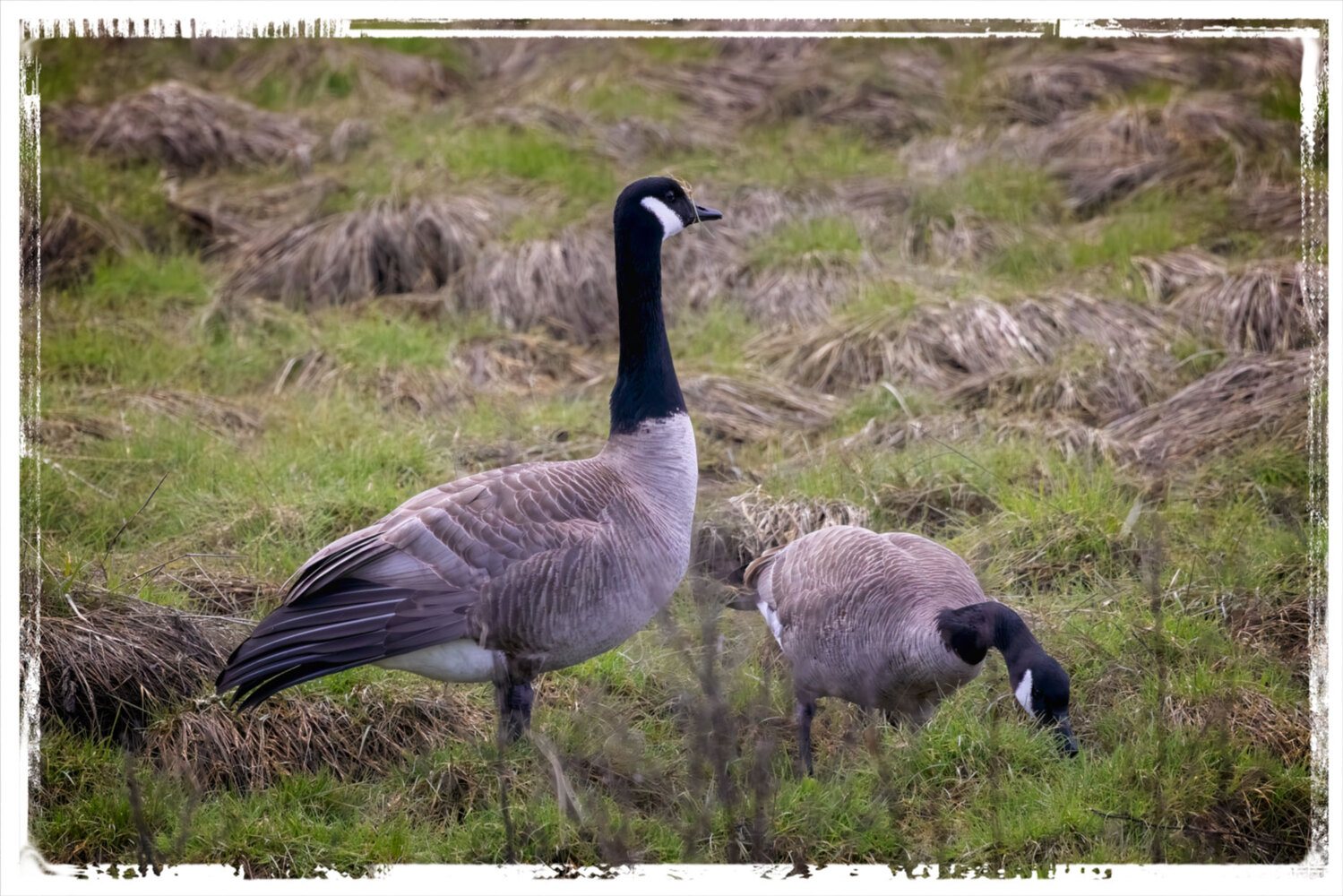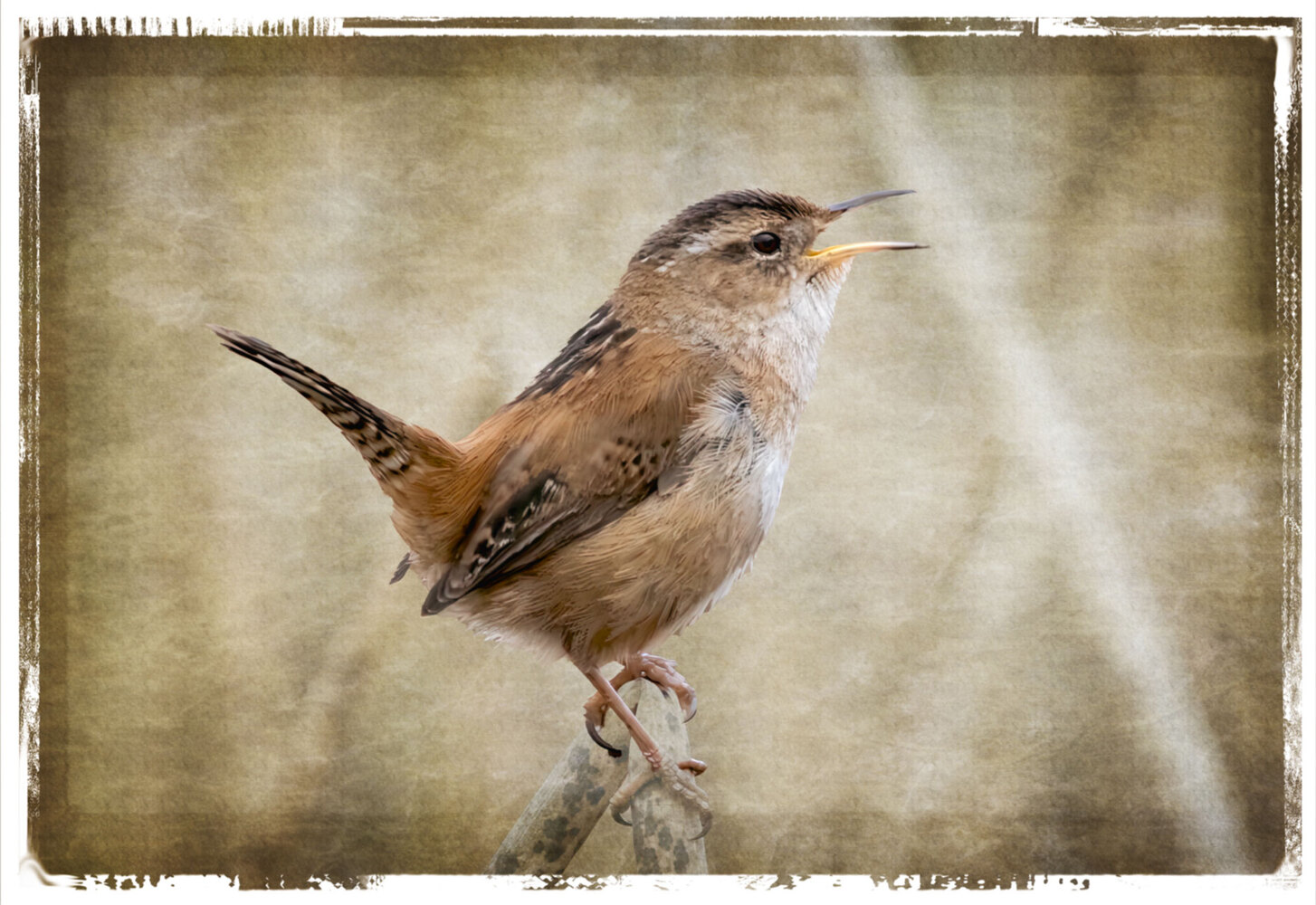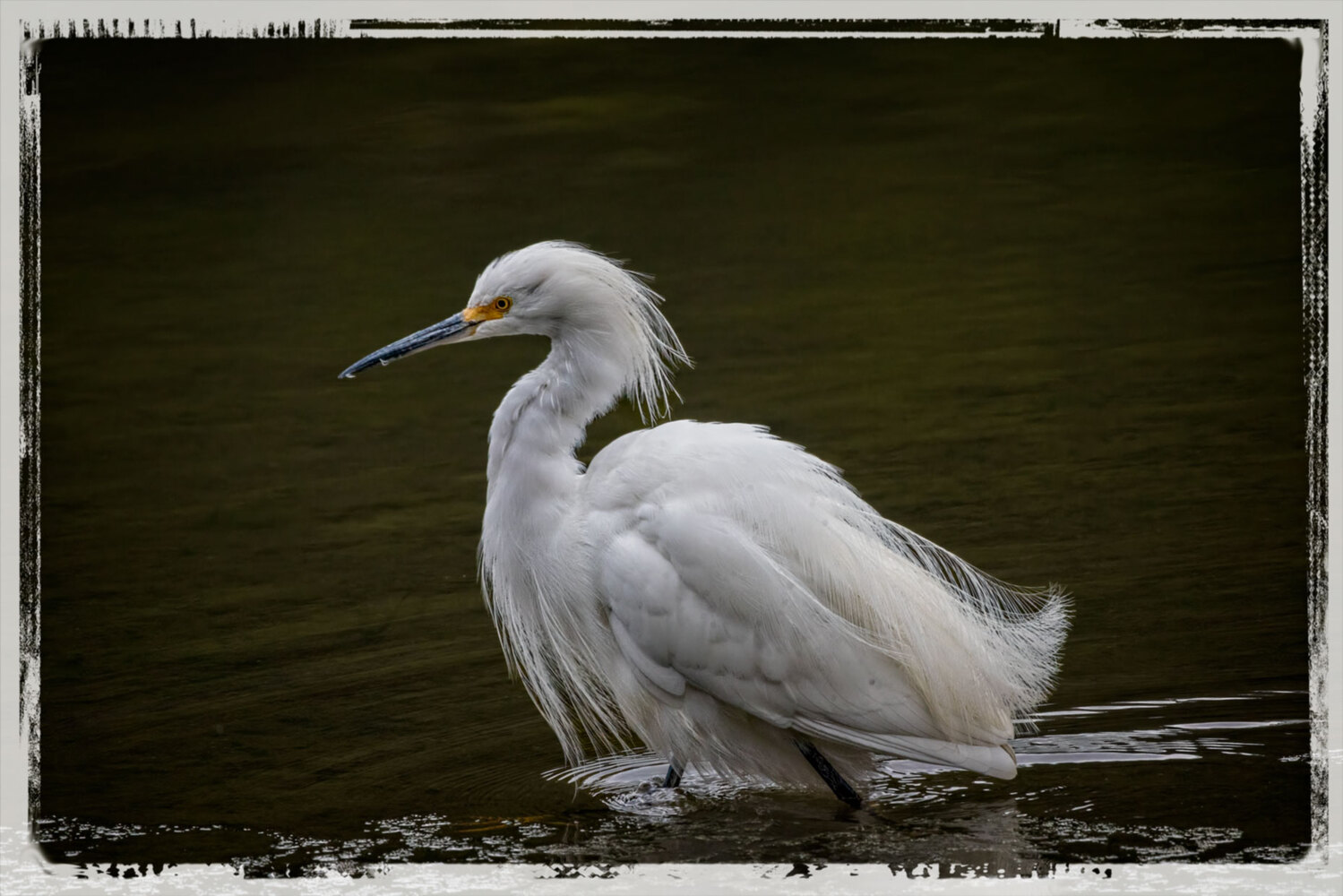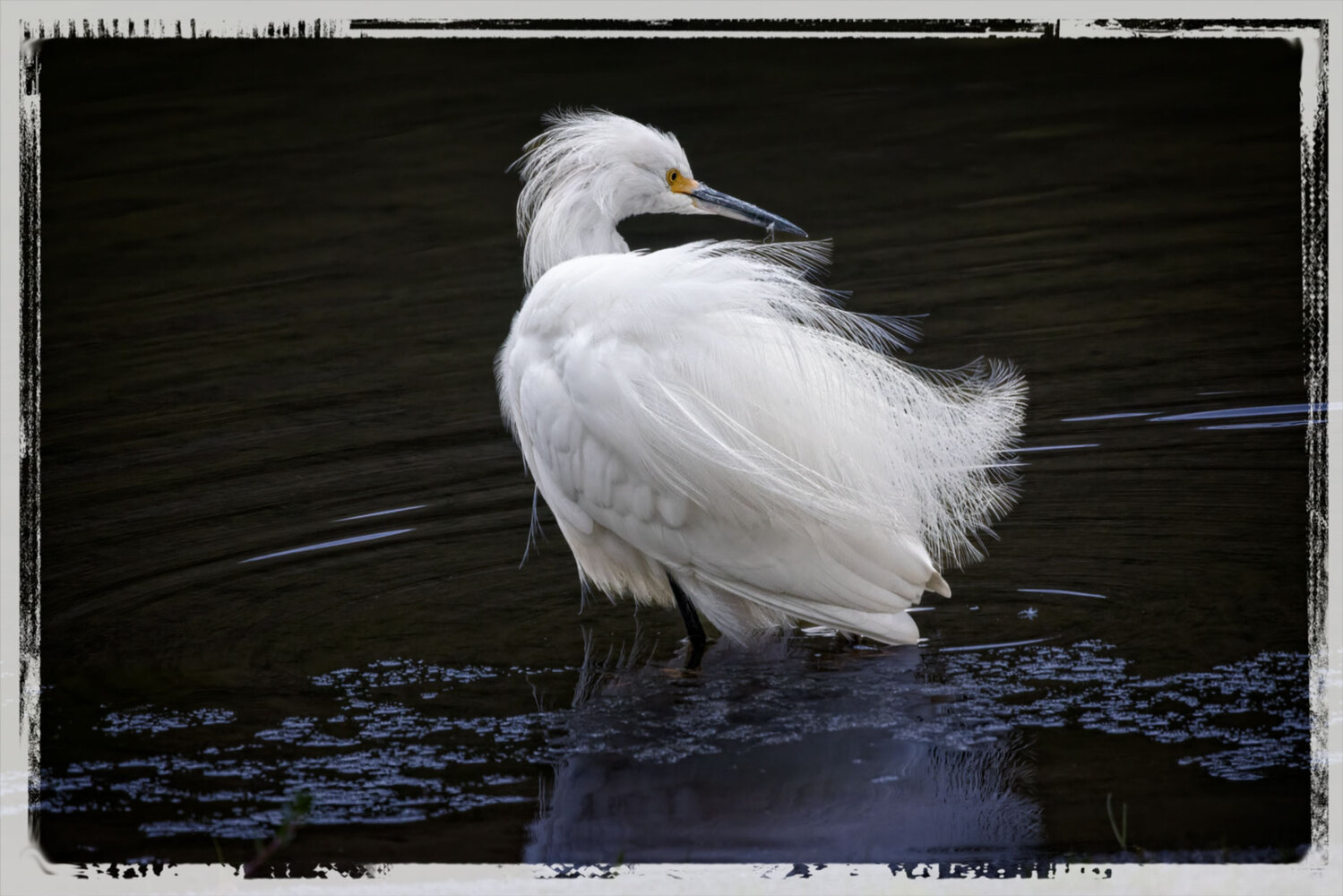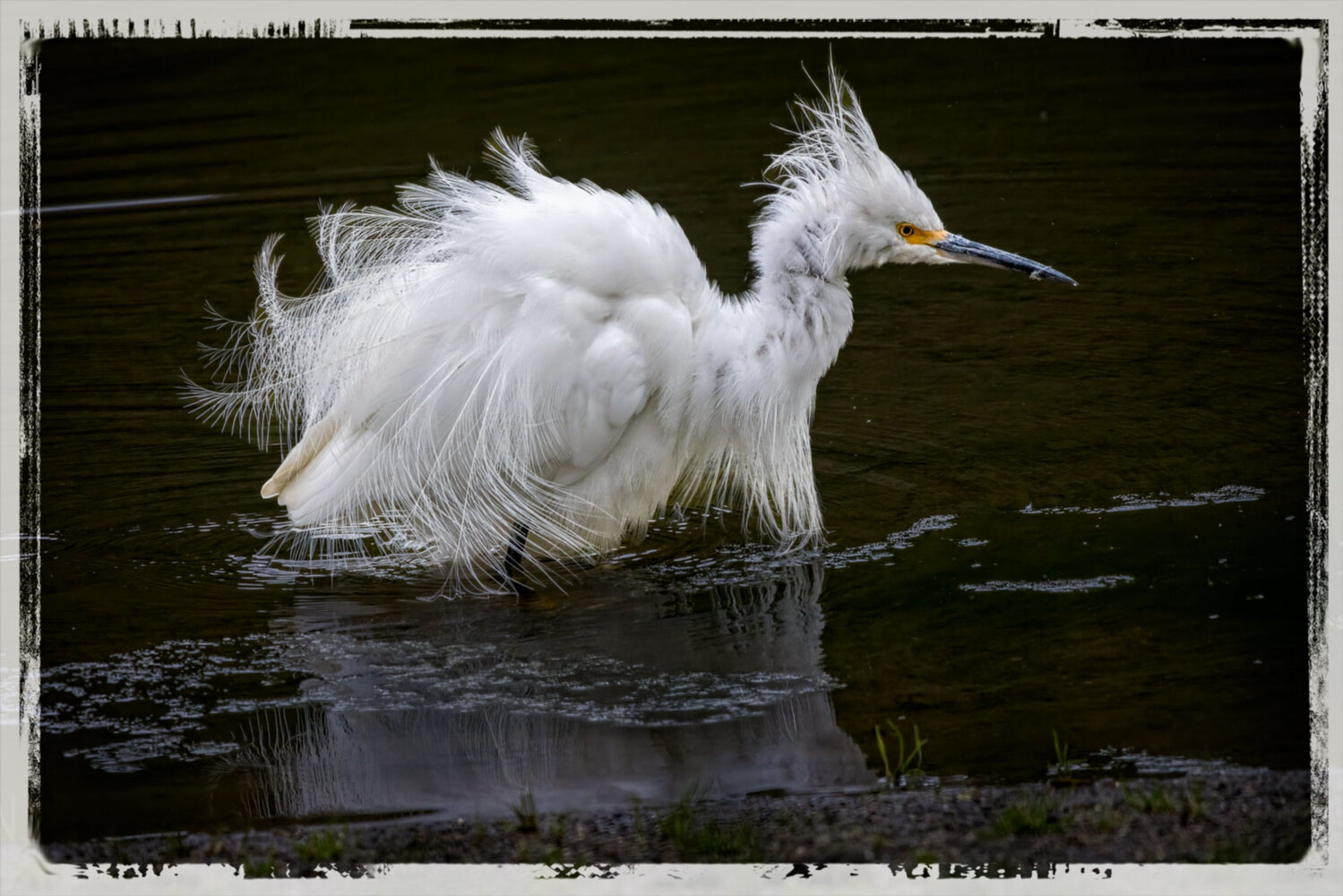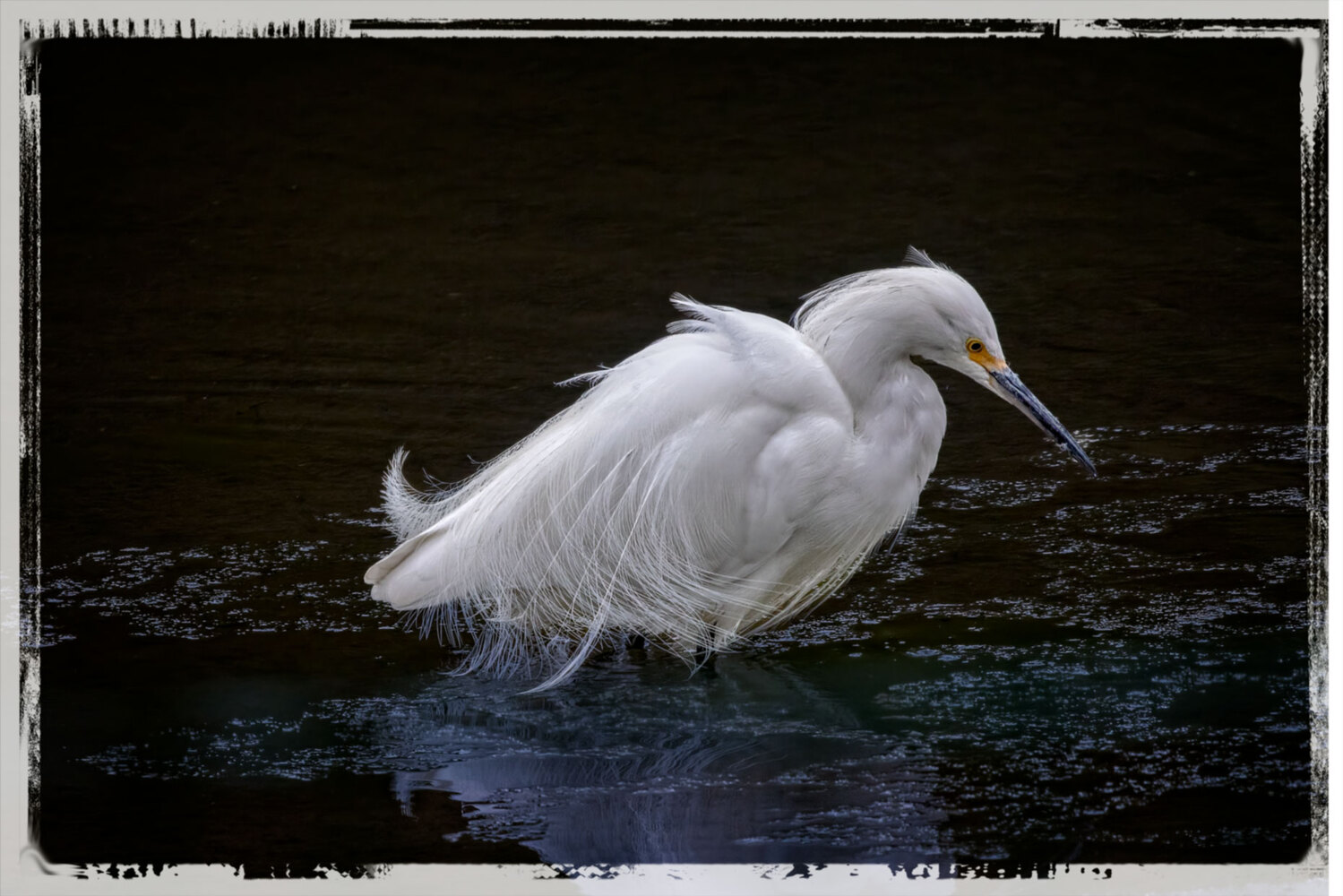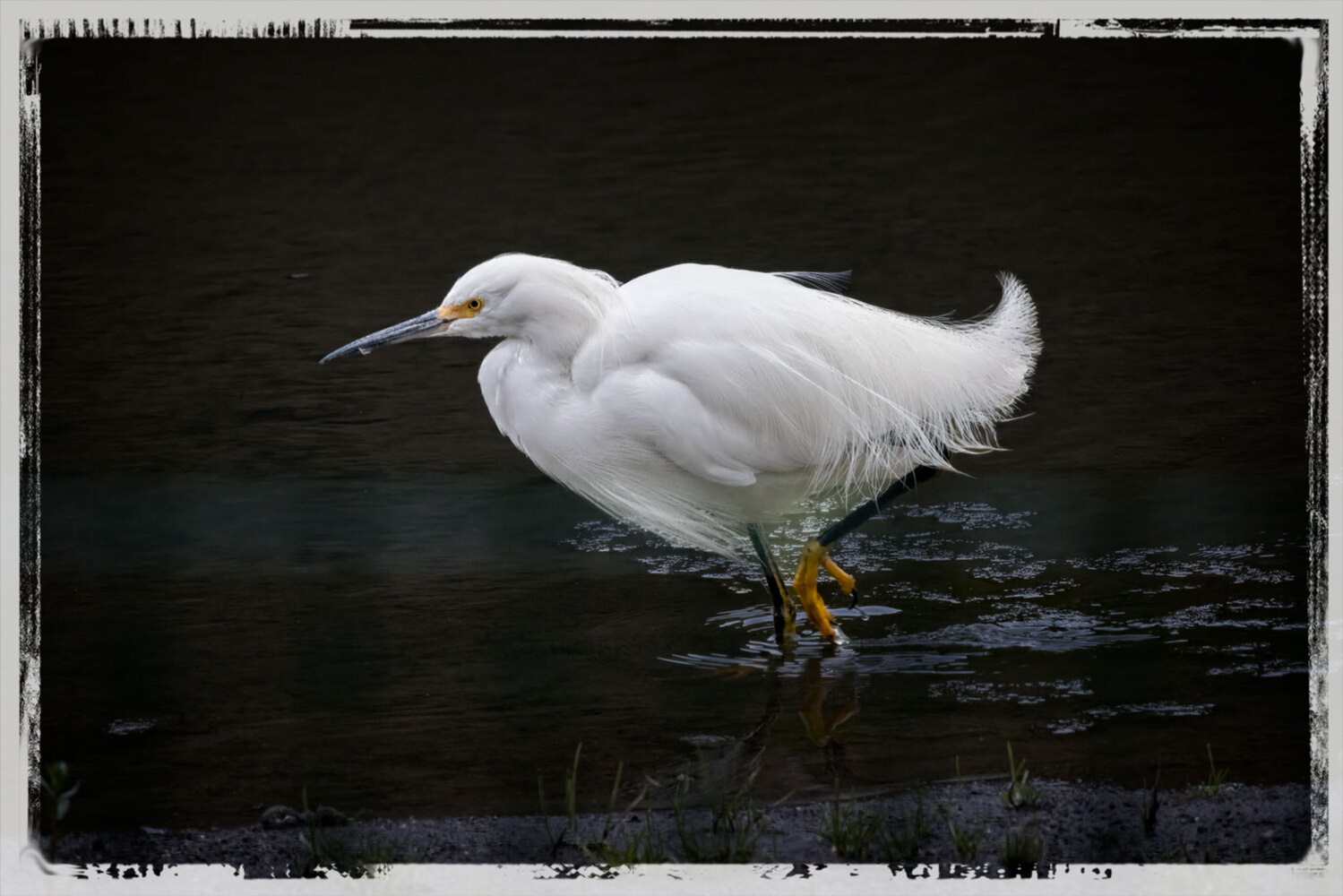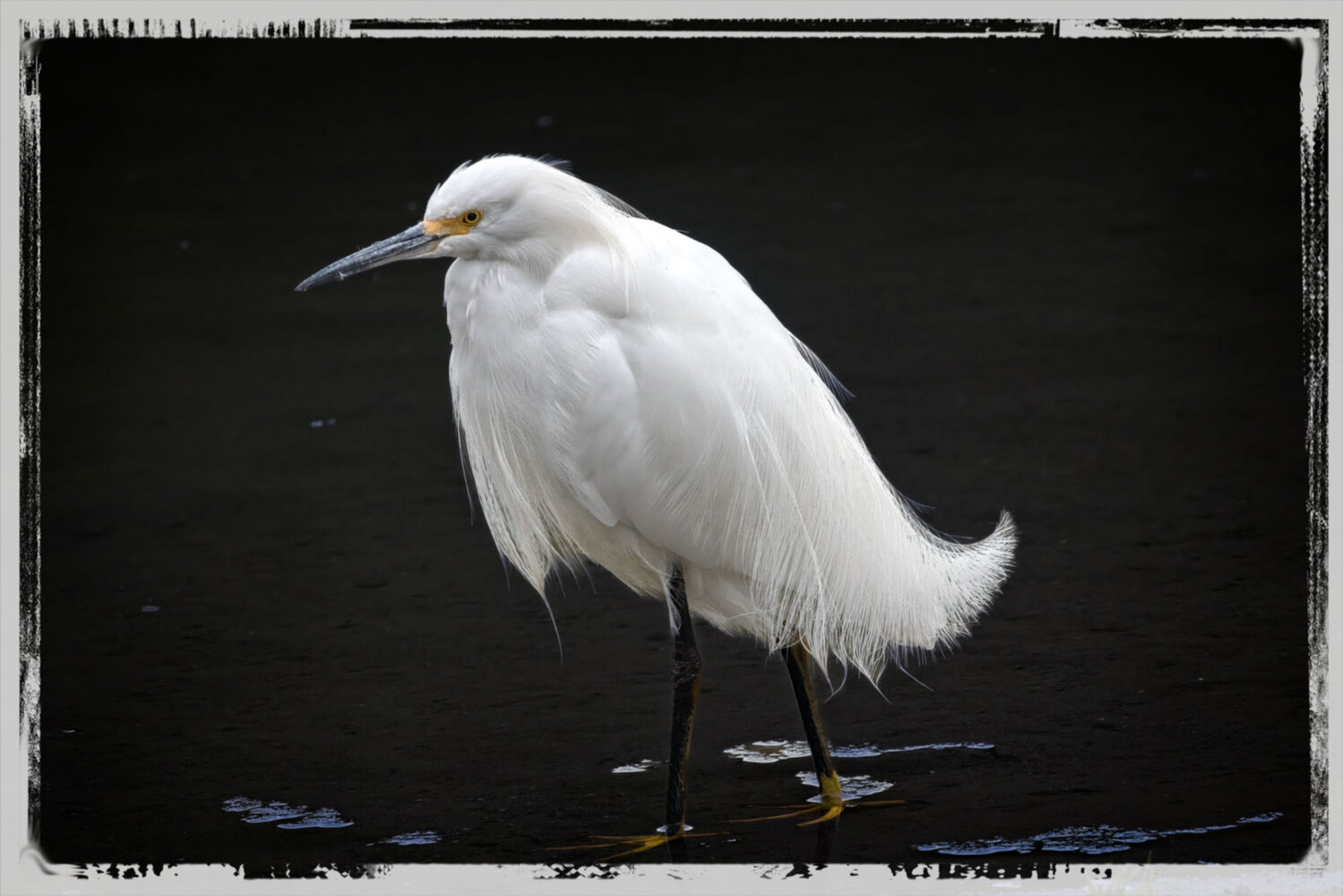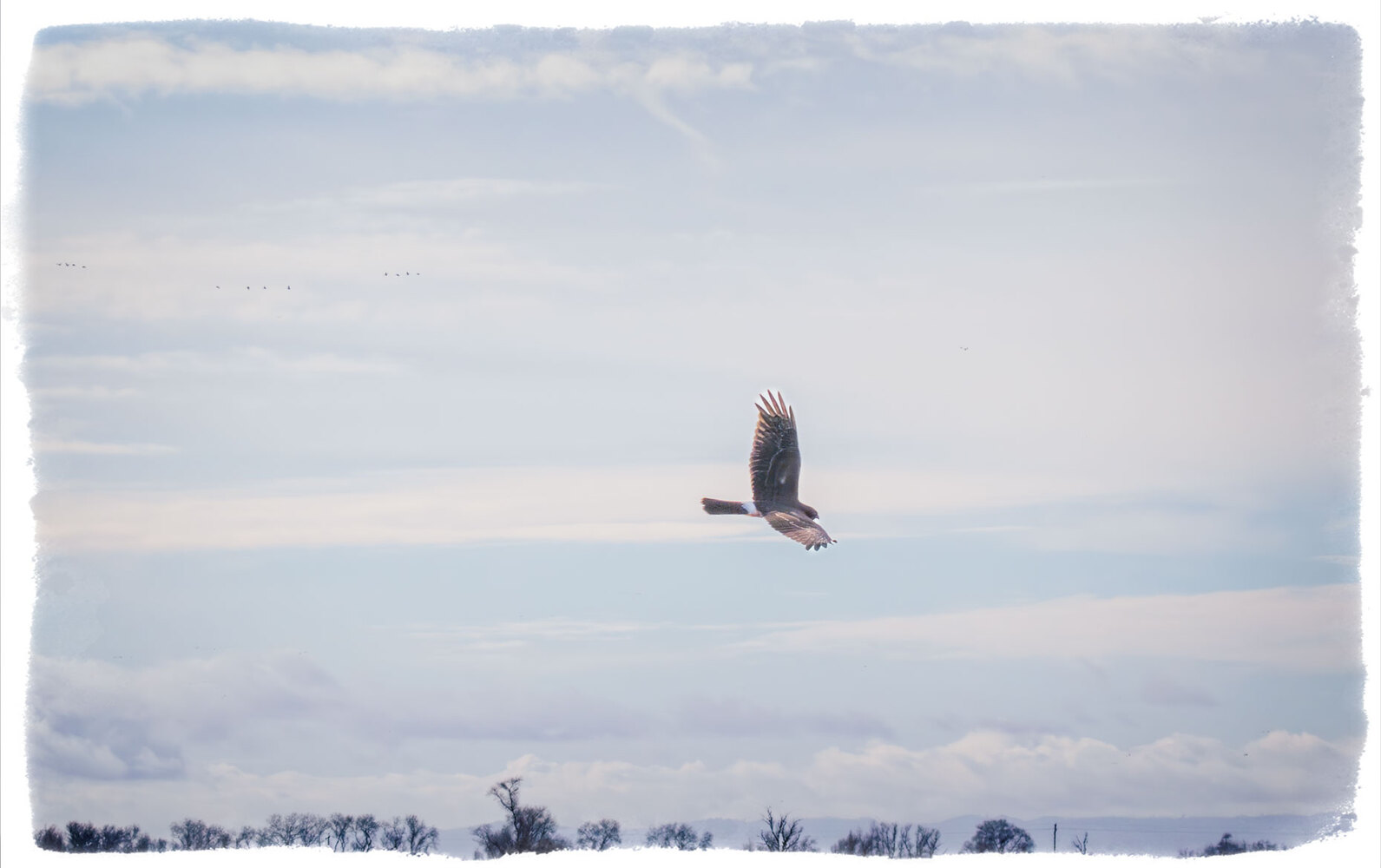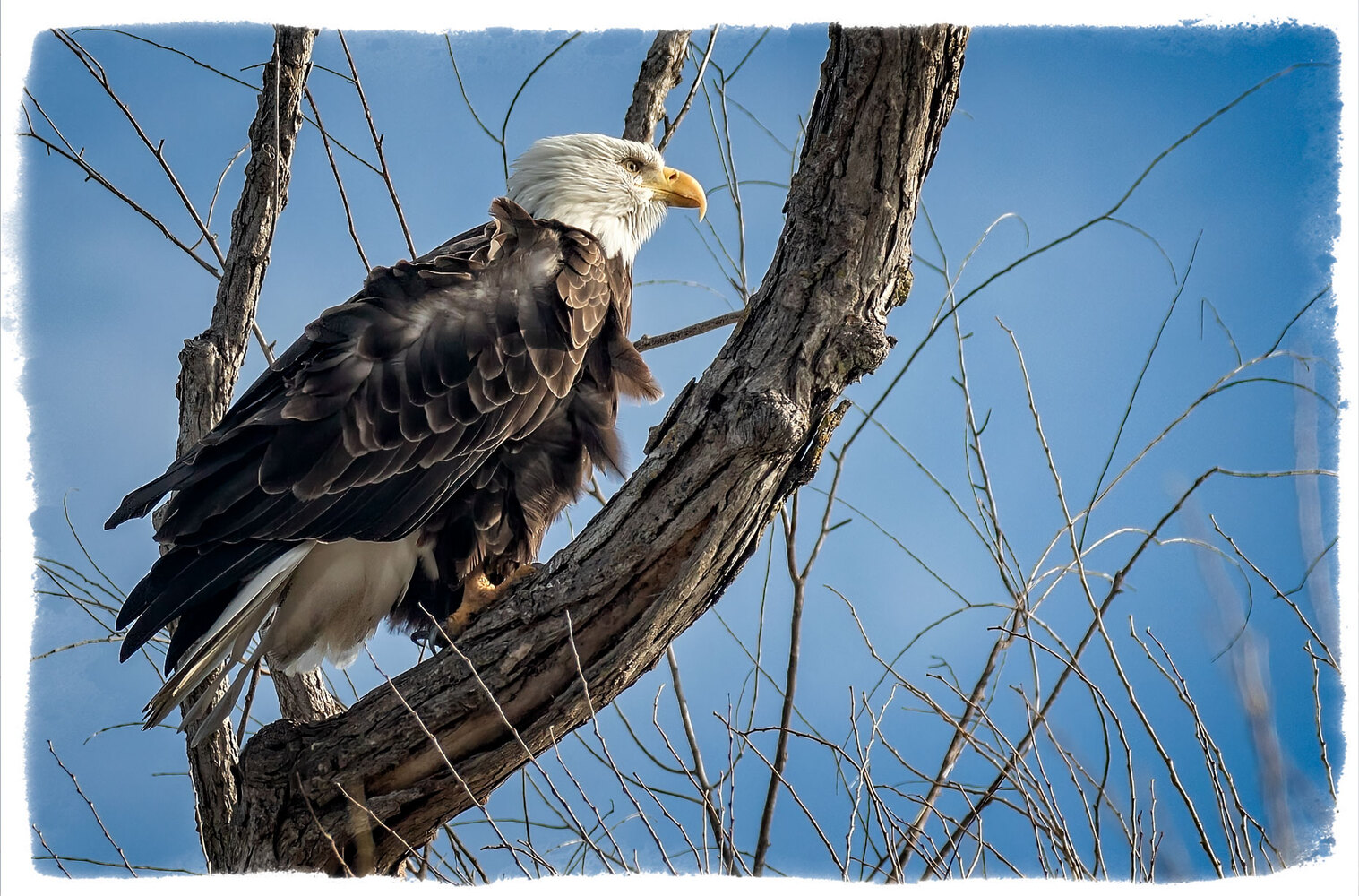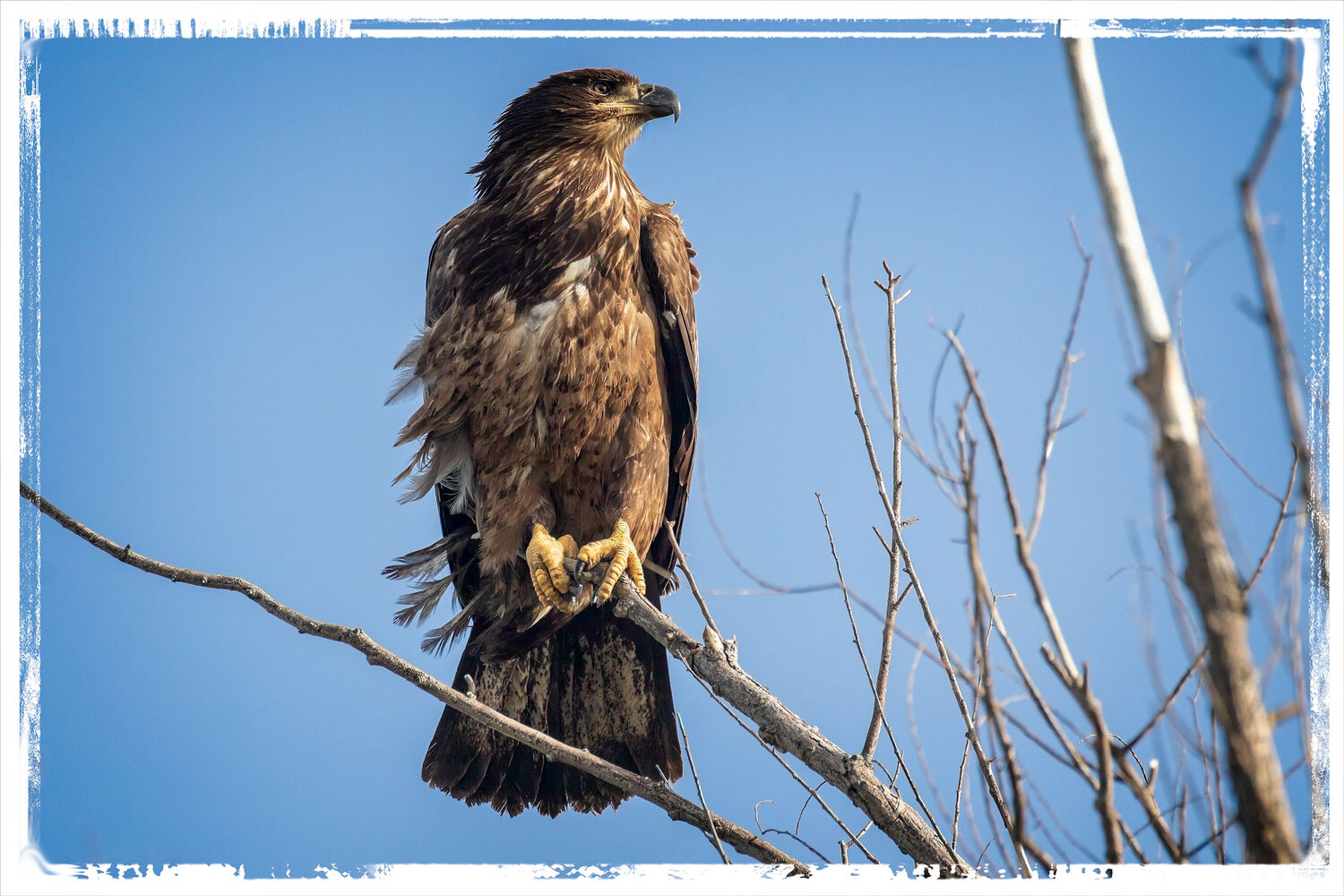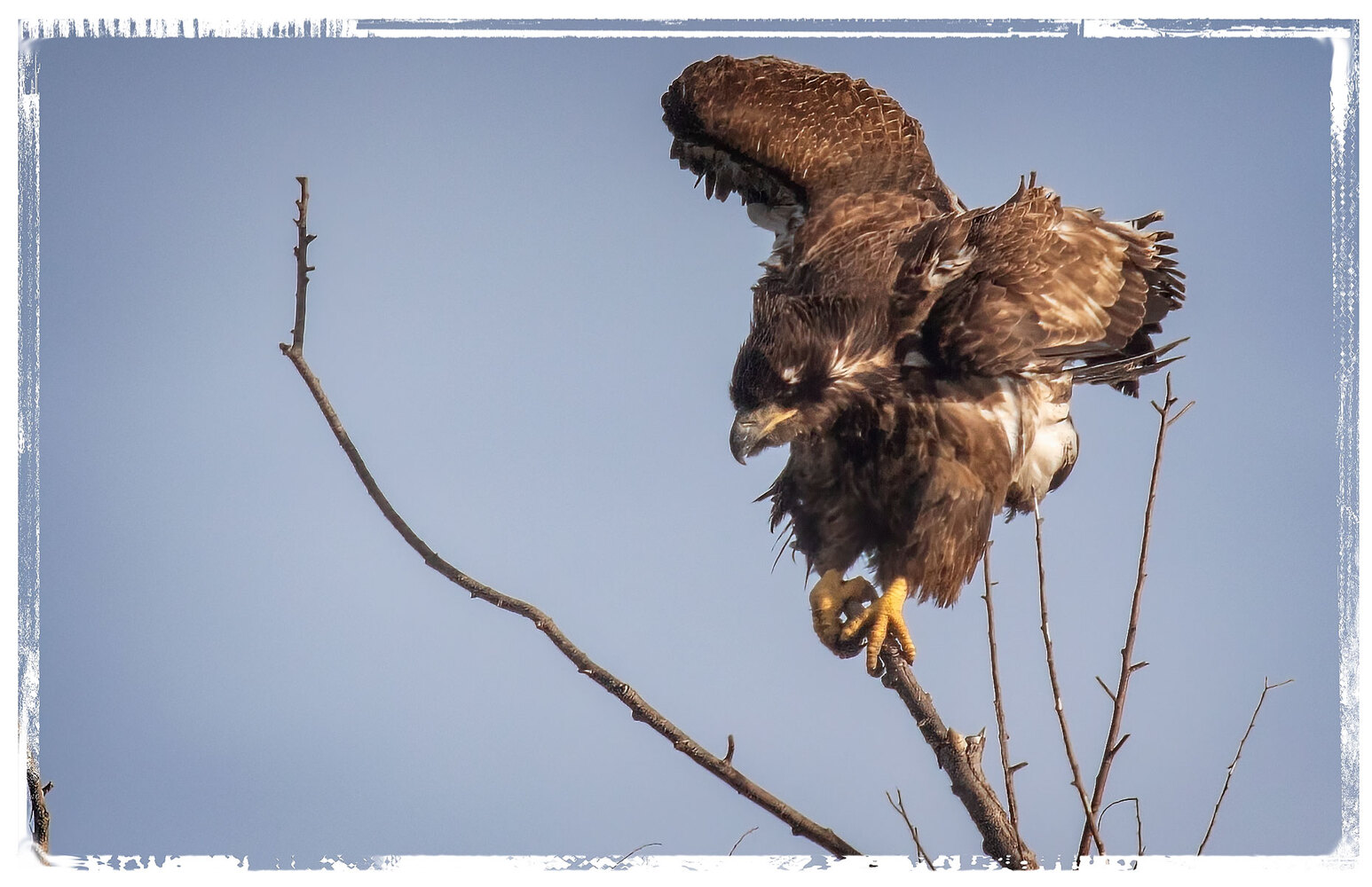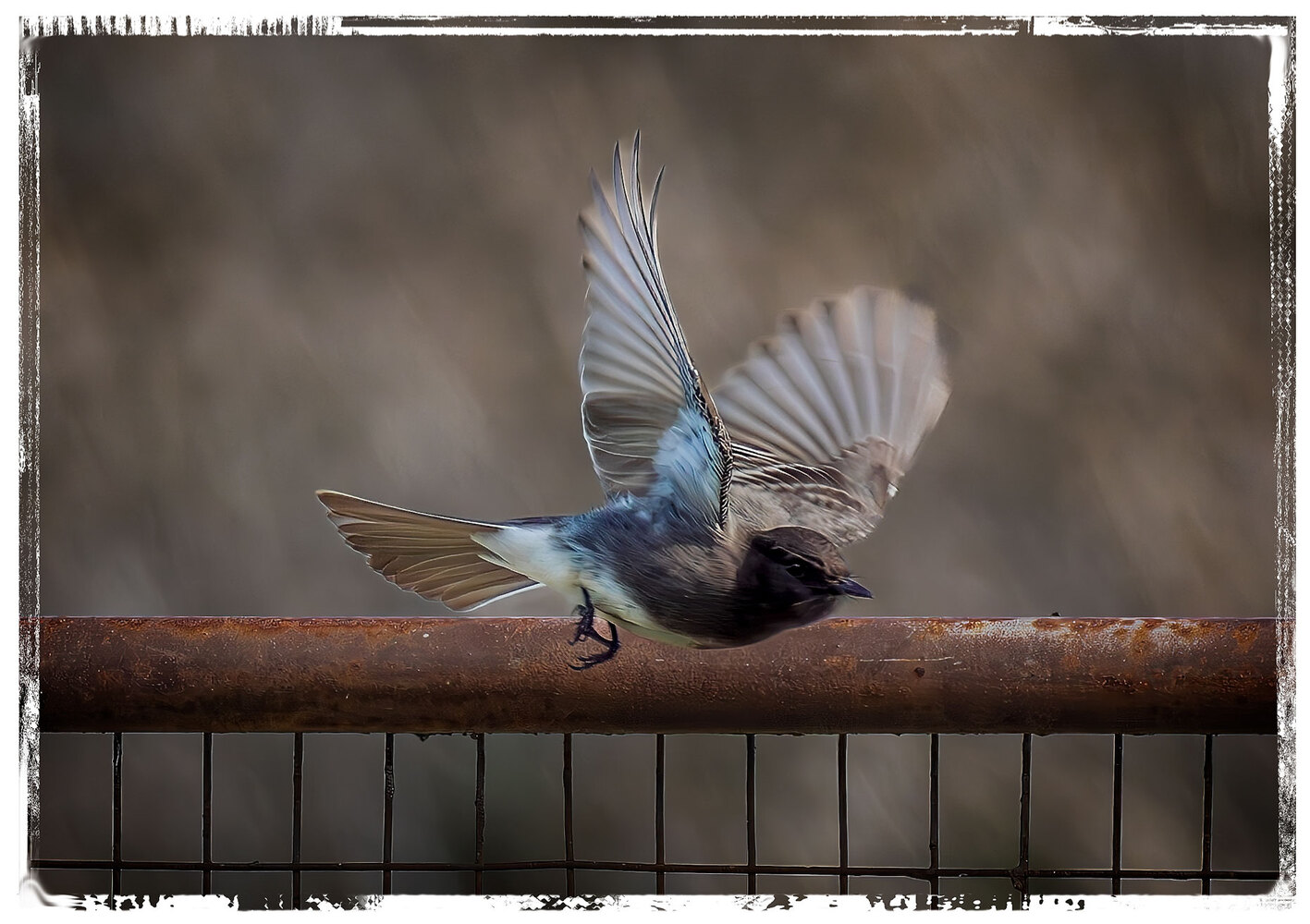We barely got back from an earlier trip to Santa Rosa before we headed out to Fresno and Phoenix. It was too far to drive to Fresno in a single day, particularly since we had to wait until the mailman delivered some medications from the VA. Fortunately, our late start was advantageous because we missed all the rush-hour traffic. Unfortunately, we didn’t reach Willows until nearly 10 P.M.
Since Fresno wasn’t far from Willows, we had time to take a quick drive around the Sacramento NWR auto tour in the morning before heading out. Instead of unpacking all our photo gear, Leslie and I shared a single camera, passing it back and forth whenever we saw something worth taking a picture of, so I’m not sure which of us took a particular photo.
We heard plenty of Meadowlarks singing but didn’t get a single shot of one singing. Instead, we got a shot of an angry-looking Meadowlark who was obviously tired of being photographed.
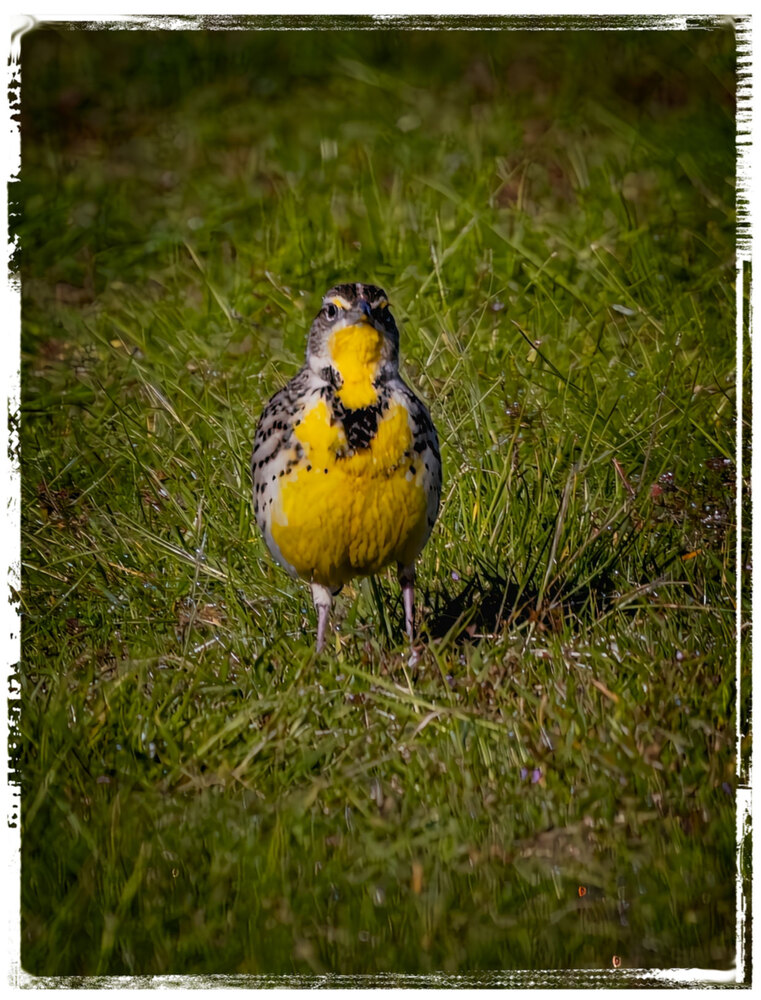
We didn’t see the large flocks of Snow Geese that we had seen a few weeks before, but there were small flocks throughout the refuge.
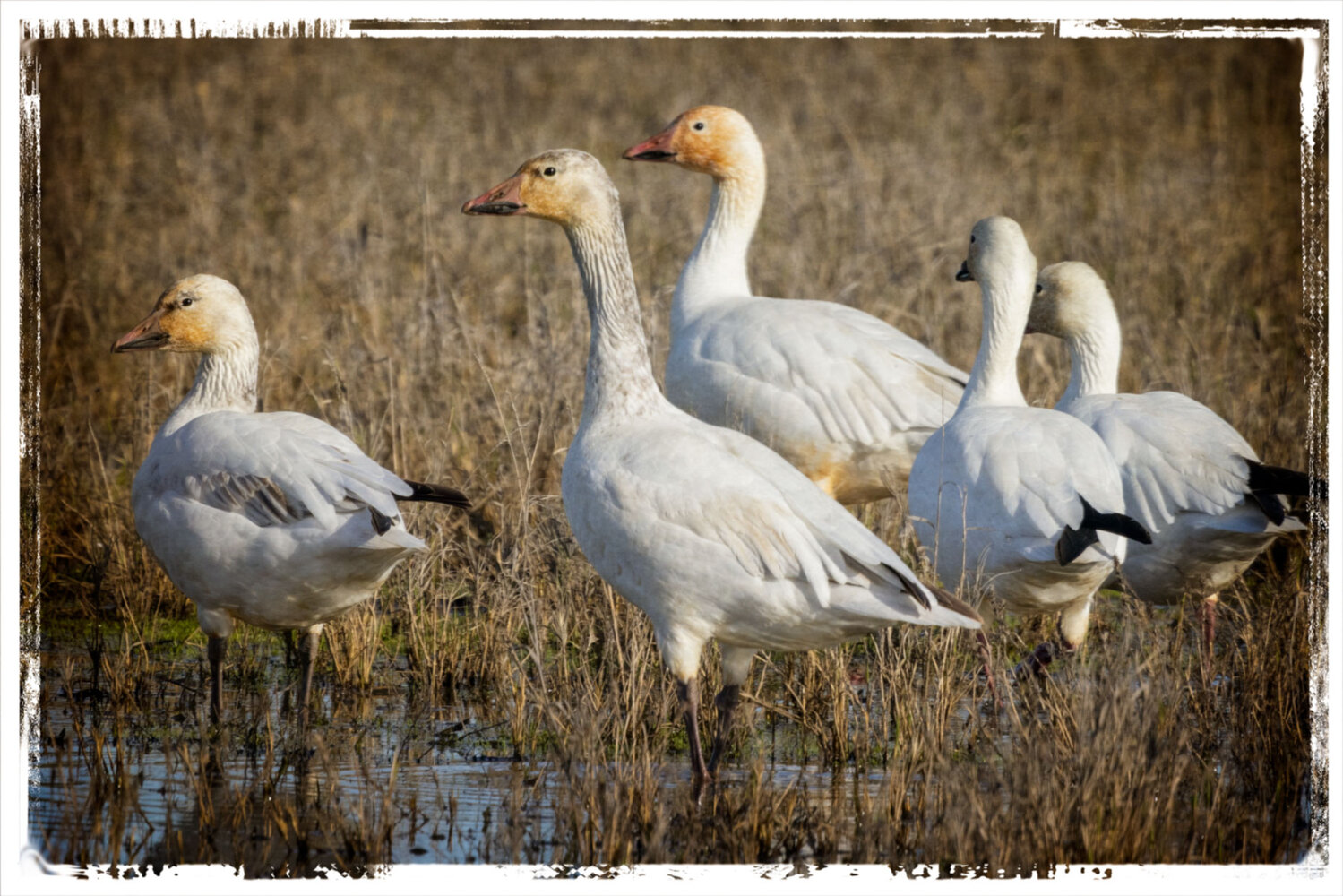
Killdeer are common on the refuge, but it’s a little unusual to see them wading.
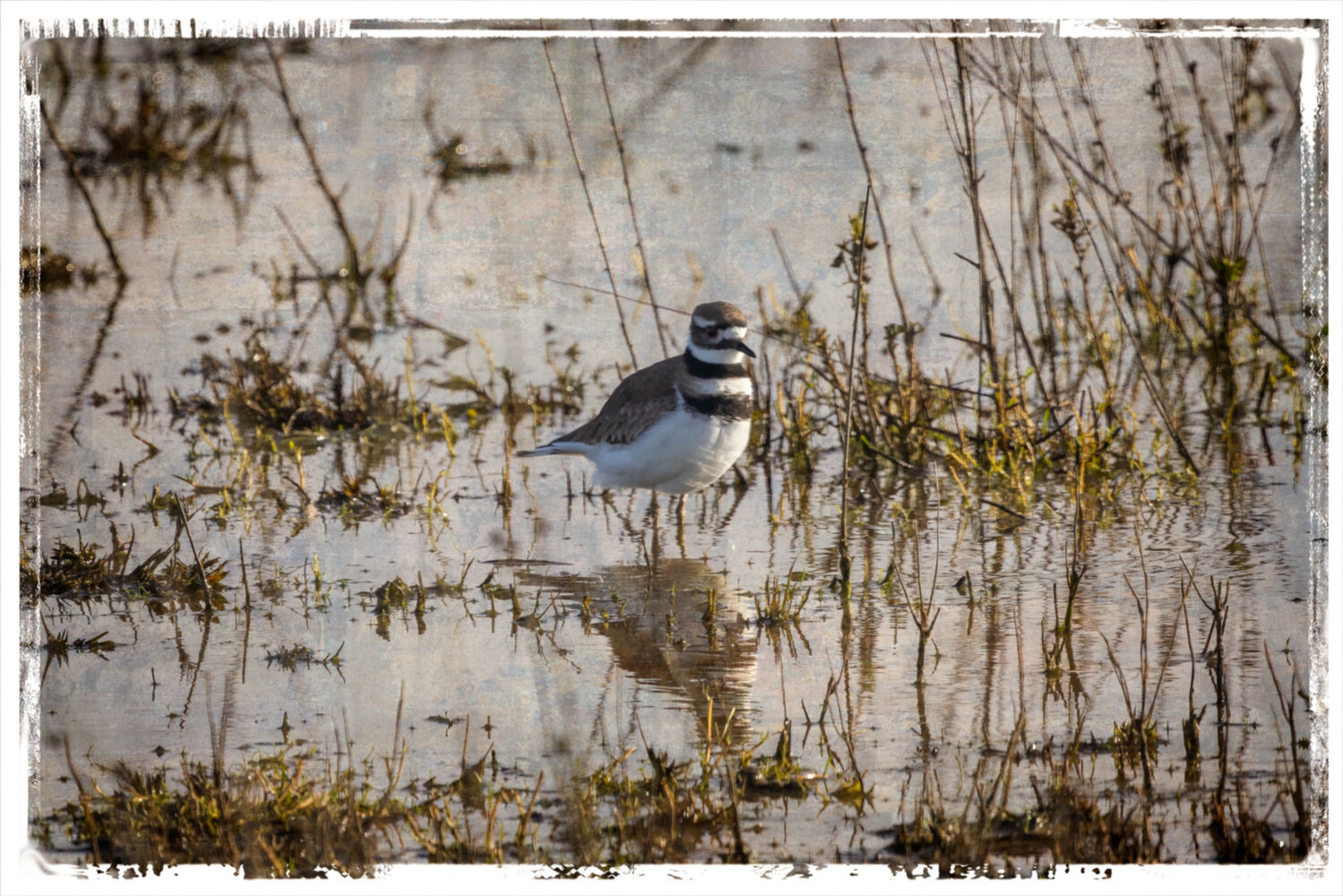
We saw about the same number of Black-necked Stilt we saw on our previous visit. and they were obviously used to people taking shots of them, at least when you kept your distance and stayed in your vehicle.
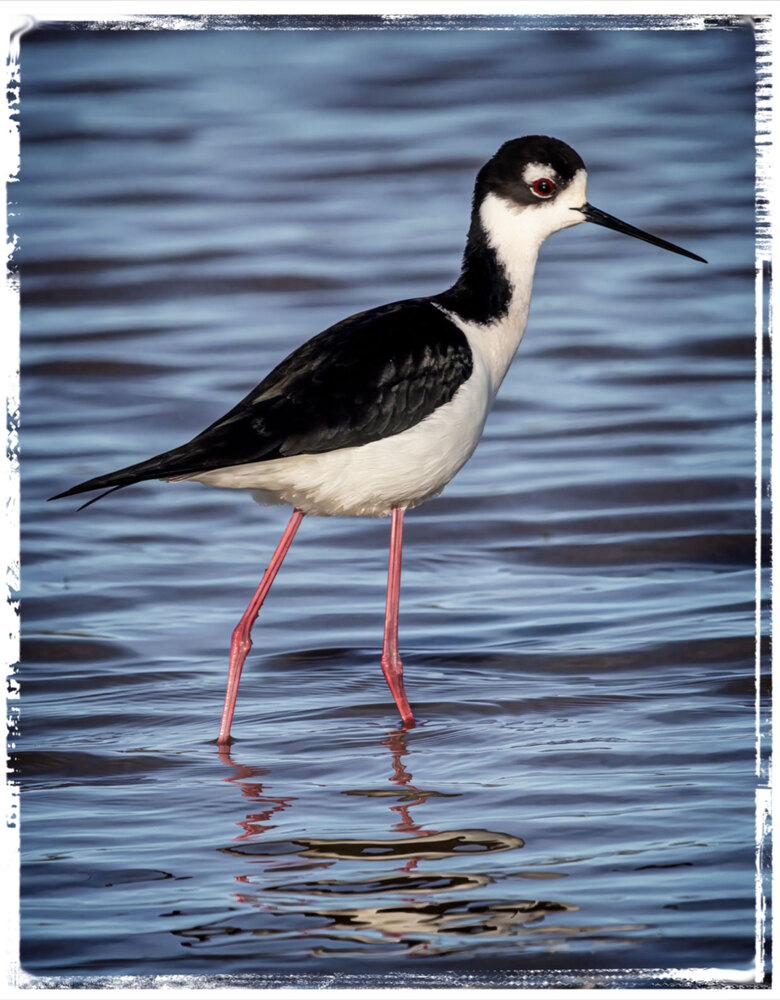
I particularly liked the reflections in this shot.
The highlight of the day had to be seeing this White-Faced Ibis near the end of the auto tour. I never quite managed to get a shot of it in the kind of light that makes all those colors iridescent, but I was still pleased to sight one and get a few good shots.
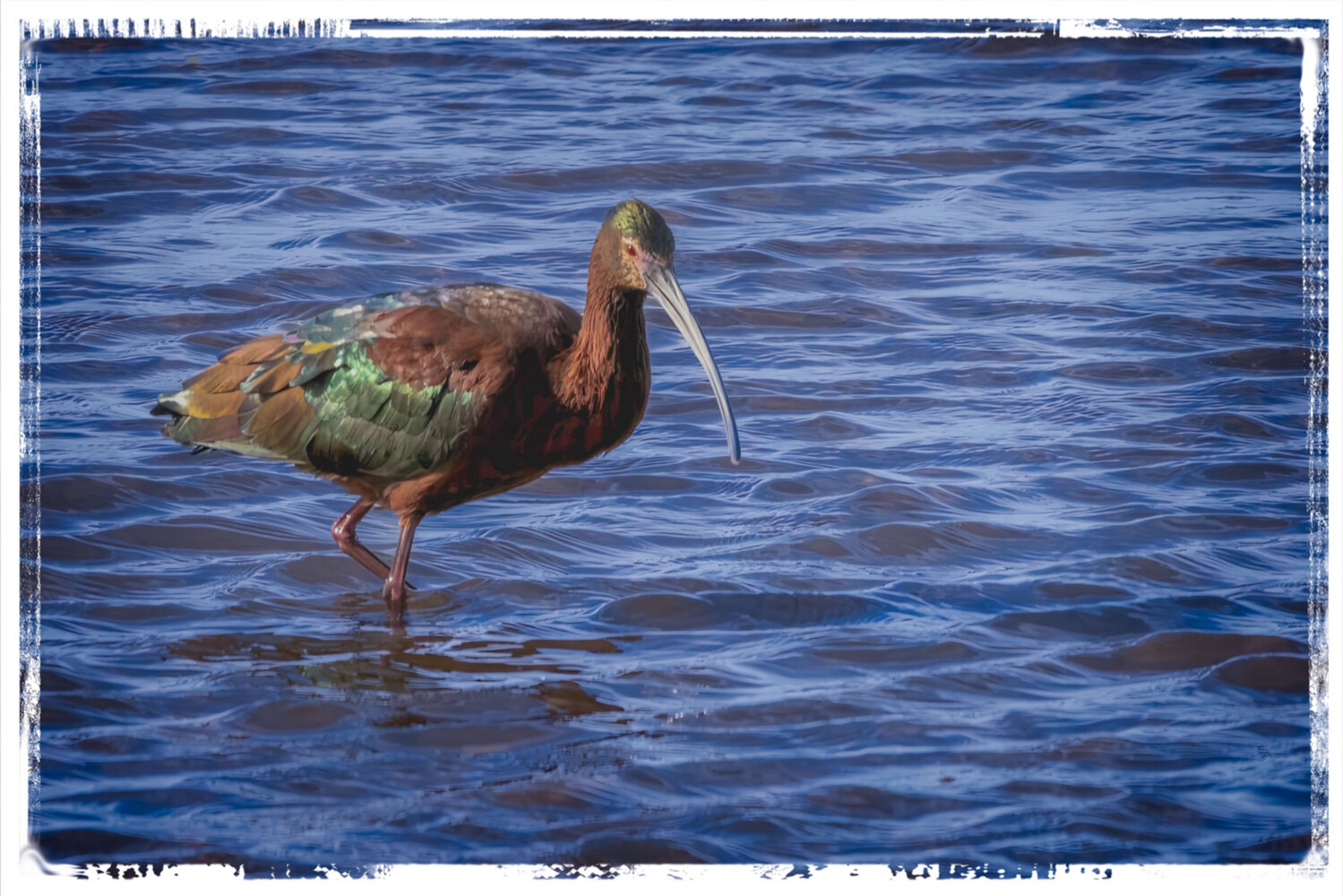
Seeing the first bird of the season isn’t quite as exciting as seeing one for the first time — a “lifer,” as it were — but it’s still a special moment.
We still didn’t see the first American Avocet of the year on this visit. But we knew we would have one more chance on our return trip.

